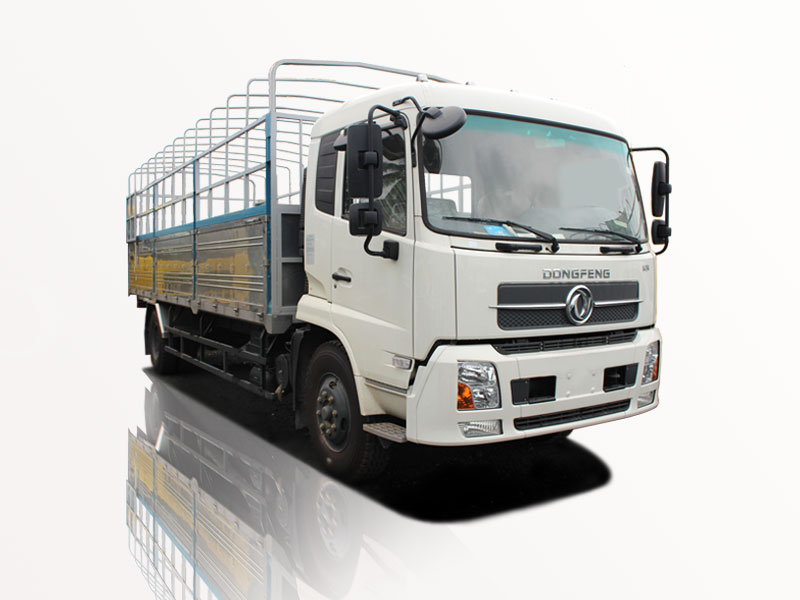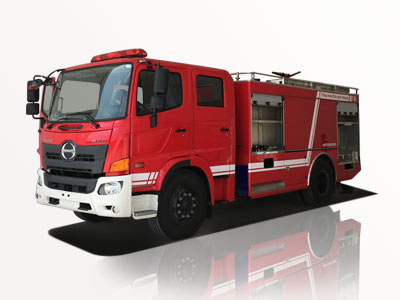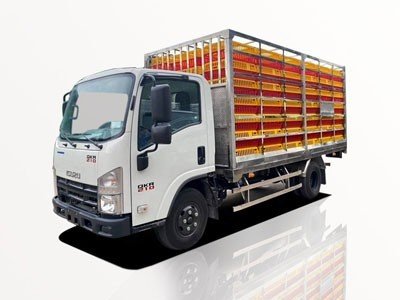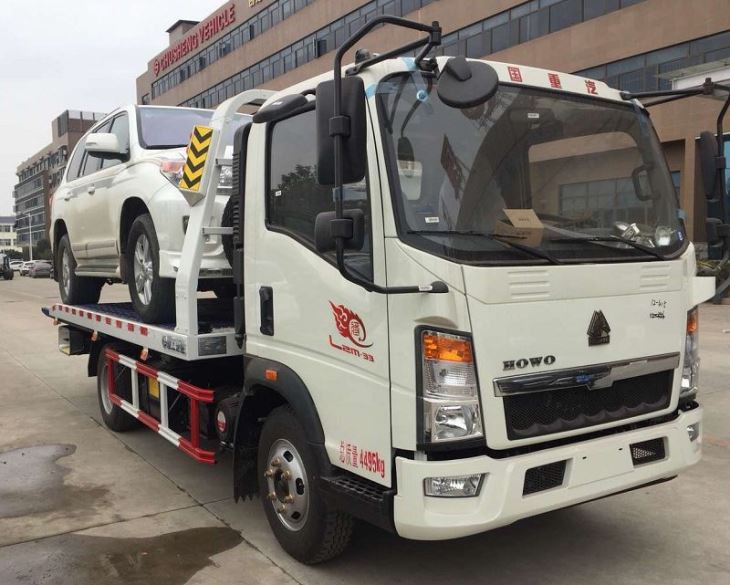Concrete trucks play a vital role in the construction industry, transporting ready-mixed concrete from batching plants to job sites. Understanding the inner workings of a concrete truck can help construction professionals and enthusiasts appreciate the mechanics behind this essential vehicle. In this article, we will explore the anatomy, operation, maintenance, safety, and many other facets of concrete trucks.
What is a Concrete Truck?
A concrete truck, also known as a concrete mixer truck, is a specialized vehicle designed for transporting freshly mixed concrete. Unlike standard trucks, these vehicles are equipped with a large rotating drum that mixes concrete while in transit, ensuring the material remains homogenous and workable upon arrival at the job site.
Parts of a Concrete Truck
1. The Mixing Drum
The most recognizable part of a concrete truck is the mixing drum. This cylindrical container rotates to keep the concrete in motion, preventing it from hardening. The drum’s shape is designed to facilitate a thorough mix, often featuring a series of fins or blades inside that aid in the mixing process.
2. Chassis
The chassis of a concrete truck is the framework that supports all other components. It’s built to handle heavy loads and is equipped with a powerful engine that provides the necessary torque for hauling the weight of the concrete.
3. Aggregates and Water Storage
Concrete trucks contain separate compartments for aggregates, water, and often additives. These compartments ensure that essential materials are kept separate until they are needed for mixing, which improves the quality of the final product.
4. Delivery Chute
The delivery chute is an adjustable and extendable ramp that allows the concrete to flow out from the mixing drum and into the intended location. The angle of the chute can be adjusted based on the pouring requirements.
5. Control System
Concrete trucks are equipped with a control system that allows the operator to manage the drum’s speed and adjust the flow of concrete through the chute. These controls ensure that the operator can deliver the exact amount of concrete required by the job site.
How a Concrete Truck Works
The operation of a concrete truck involves several integrated processes. Below are the key steps illustrating how a concrete truck functions:
1. Loading Concrete
The concrete is prepared at a central batching plant, where aggregates, cement, water, and additives are mixed. The ready-mixed concrete is then loaded into the mixing drum of the truck, which is kept rotating to prevent the mixture from solidifying.
2. Transportation
Once loaded, the concrete truck travels to the job site, often navigating urban areas, construction zones, and sometimes rough terrain. The driver must be skilled to maneuver the heavy and cumbersome vehicle safely.
3. Pouring Concrete
Upon arrival, the driver positions the truck to facilitate an easy pour. The delivery chute is lowered to the desired height, and the concrete flows out while the drum continues to rotate, mixing the contents as needed.
Advantages of Using a Concrete Truck
1. Consistency and Quality Control
Concrete trucks ensure that the mix remains consistent. The mixing process in transit means that the concrete delivered is of the highest quality, matching the specifications set out for the project.
2. Time Efficiency
Construction projects often work on tight schedules. Concrete trucks can deliver large quantities of concrete to job sites quickly, enabling workers to continue their tasks with minimal delay.
3. Versatility
Concrete trucks can be used for a variety of projects, such as residential and commercial buildings, roads, and bridges. They are essential in both large and small construction endeavors.
Concrete Truck Maintenance
1. Regular Inspections
Regular inspections are crucial for ensuring the truck’s reliability. This includes checking the hydraulic systems, brakes, and mixing drum. Operators should conduct daily pre-trip inspections to identify potential issues.
2. Cleaning the Drum
After delivering concrete, it is essential to clean the mixing drum immediately to prevent the concrete from hardening. This typically involves running water through the drum while it rotates, ensuring a thorough rinse.
3. Lubrication
Proper lubrication of moving parts will help prevent wear and tear. Critical components such as the chute and the drum’s bearings require regular maintenance to keep operating smoothly.
Safety Precautions When Operating a Concrete Truck
1. Personal Protective Equipment (PPE)
Operators and crew members should wear appropriate PPE, including hard hats, gloves, and steel-toed boots, to minimize the risk of injury on and around the job site.
2. Vehicle Safety Checks
Before starting the vehicle, it’s crucial to perform a safety check. This includes examining the brakes, lights, and turning signals, as well as ensuring the drum is clean and free of debris.
3. Training and Certification
Concrete truck operators should undergo training to understand the truck’s mechanics and safety protocols. Certification programs provide valuable knowledge on safe operation practices.
Environmental Considerations in Concrete Truck Operations
1. Reducing Waste
To address environmental concerns, concrete trucks can minimize waste by optimizing load sizes and ensuring deliveries match the project requirements. This helps reduce the amount of surplus concrete that may go to waste.
2. Sustainable Materials
Using sustainable aggregates and eco-friendly additives can lessen the environmental impact of the concrete produced. Operators should work with suppliers who focus on sustainable practices.
3. Recycling Concrete
Recycling leftover concrete is another way to minimize environmental impact. Operators can arrange for leftover concrete to be reused in other projects or crushed into aggregate for future use.
Practical Examples of Concrete Truck Usage
1. Residential Projects
In residential construction, concrete trucks deliver foundations, driveways, and even decorative features like patios. For instance, a concrete truck may arrive at a site to pour the foundation for a new home, requiring a precise amount of concrete to match the plans.
2. Commercial Development
In commercial projects, concrete trucks often deliver large volumes for structural elements like columns and beams. An example is a multi-story building where multiple truckloads are delivered to maintain the schedule of construction.
3. Infrastructure Projects
Concrete trucks are essential for infrastructure projects such as roads and bridges. For example, while building a new overpass, concrete trucks deliver concrete for the support beams, requiring careful planning to coordinate multiple deliveries to ensure continuity of work.
FAQs about Concrete Trucks
1. How long can concrete stay in the mixing drum?
Concrete should be used within two hours of mixing to maintain its workability. However, the exact time may vary based on temperature and the additives used.
2. What is the average capacity of a concrete truck?
The average concrete truck can carry about 8 to 12 cubic yards of concrete, depending on its design and regulations in the area.
3. Can concrete trucks operate in cold weather?
Concrete trucks can operate in cold weather, but special precautions must be taken, such as using heated water and ensuring that the concrete mixture remains above a certain temperature to prevent freezing.
4. How much does a concrete truck cost?
The cost of a new concrete truck can range from $100,000 to $200,000 depending on the size, brand, and features of the vehicle. Used trucks can be found at lower prices.
5. What is the typical lifespan of a concrete truck?
With proper maintenance, a concrete truck can have a lifespan of around 10 to 15 years, depending on usage frequency and load conditions.
6. Do concrete trucks have special licensing requirements?
Yes, operators of concrete trucks typically must have a commercial driver’s license (CDL) along with training specific to the operation of concrete mixing vehicles.



